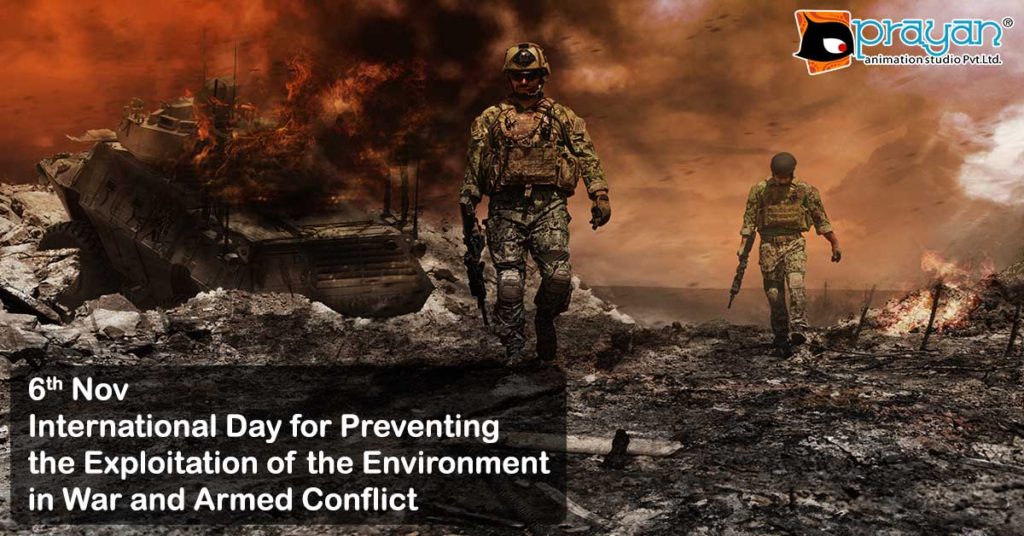
International Humanitarian Law as an erga omnes norm shows a specific nature and application, which is why it applies to all citizens, it is a customary norm for which it obliges respect for the norm by all individuals. This document argues that the Internacional Humanitarian Law must be respected by all those involved in a conflict besides, it provides arguments for organised armed groups to commit to a norm that they have not directly accepted. Law of war international humanitarian law international law of armed conflicts non-international armed conflict definition of armed conflict non-international conflict existence guidelines application margin of the international humanitarian law common article 3 additional protocol II to the Geneva Conventions personal application of the IHL IHL application of the IHL to non-state actors compliance of the IHL in non-international armed conflicts security council.States comply with international treaties because they have negotiated, signed and ratified them however, organised armed groups are not part of these processes and still have an obligation to comply with basic rules of war. Said issue clearly harms the protection that during conflicts must be given at all times to hors de combat or protected population.

Afterwards, we aim to clarify another common question: Does International Humanitarian Law apply exclusively to Party States, or does it also apply directly to non-state agents? Finally, this document aims to briefly propose a plausible solution to the problem regarding the confusion created by the lack of a clear definition of armed conflict.

Thus, this research document aims to clarify this matter by means of an analysis of the law, case law, and current legal principles, defining what the application margin is for the International Humanitarian Law to non-international armed conflicts. Since the issuance of the Geneva Conventions in 1949 there has been a latent confusion in States undergoing internal violence situations related to whether or not non-international armed conflicts exist in their national territories, given that neither Article 3, common to the Conventions, nor the Additional Protocol II of 1977, define what a conflict is.

THE SCOPE OF APPLICATION OF INTERNATIONAL HUMANITARIAN LAW TO NON-INTERNATIONAL ARMED CONFLICTS.


 0 kommentar(er)
0 kommentar(er)
